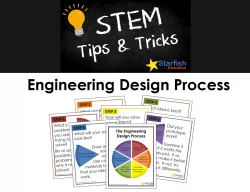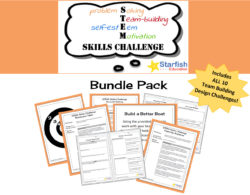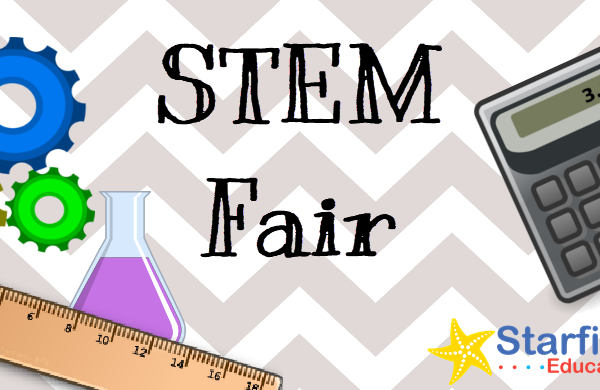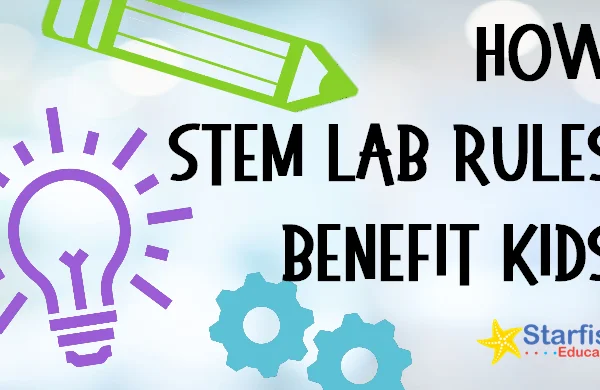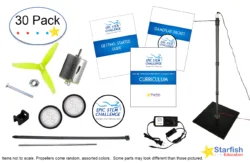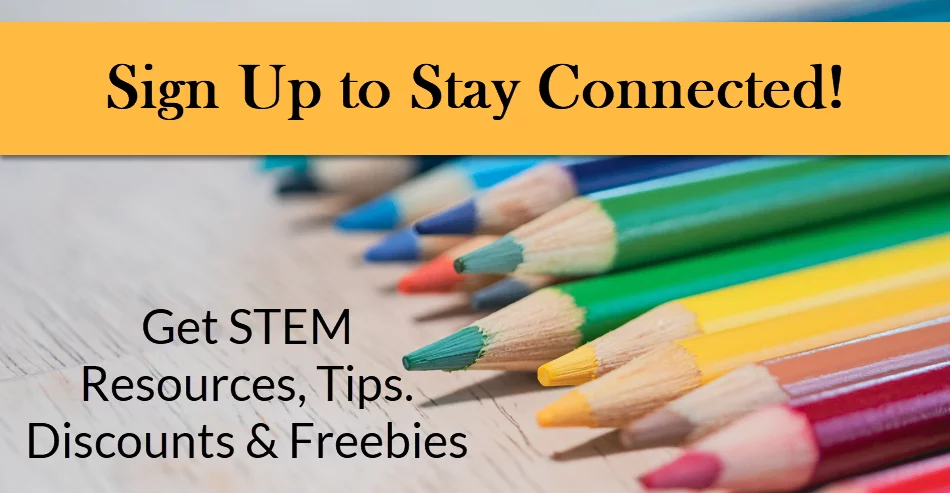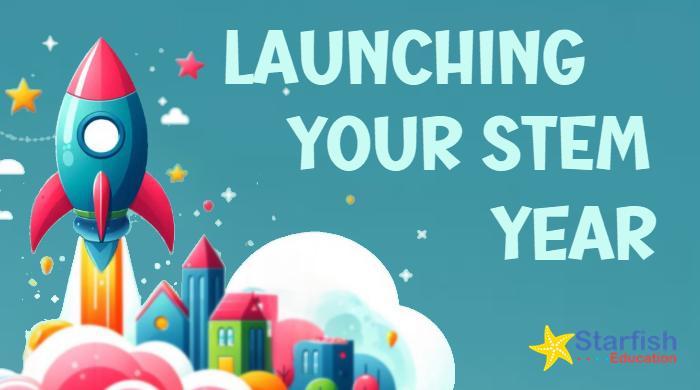
The beginning of a new school year is an opportunity to generate student interest in STEM. These best-practices for launching a great STEM year foster a collaborative learning environment and get kids interested in learning!
Foster Team Building
At the beginning of the school year, dedicate time to team-building exercises. These activities help students understand the importance of collaboration and communication in STEM fields. Encourage students to brainstorm ideas collectively, sketch designs, and discuss their plans before execution. This practice not only builds camaraderie but also teaches them how to navigate group dynamics effectively.
Build a Strong Foundation
Conduct an assessment of students’ existing STEM knowledge and skills. Frame it as a teambuilding opportunity and play a “review” game with students to identify their strengths and weaknesses to help you tailor instruction and build a strong foundation.
Playing a “review” game can also help you cultivate a classroom culture that emphasizes learning as a journey and encourage students to embrace challenges, view mistakes as opportunities for growth, and persevere in the face of setbacks.
Emphasize Hands-On Learning
Start the year with projects that require students to work in teams, encouraging them to share ideas and collaborate on solutions. For instance, activities like building structures or designing simple machines can ignite curiosity and foster teamwork. They also help students use the Engineering Design Process and learn through trial and error. This approach not only enhances understanding but also makes learning enjoyable.
Build a Supportive Learning Environment
Create a welcoming classroom where all students feel valued and, whenever possible, allow students to design their own investigations or choose the format for presenting their findings. Create opportunities for students to participate in STEM challenges to develop critical thinking skills and enhance motivation, making the learning experience more meaningful.
Incorporate Found Objects
Providing “found objects”—materials that can be used in various ways—encourages creativity and exploration. Found objects such as pipe cleaners, fabric scraps, and everyday objects allow students to experiment and come up with unique solutions to problems. This open-ended approach helps maintain interest and promotes critical thinking, as students can follow their curiosity and develop their ideas further.
By implementing these strategies, you can create a thriving STEM learning community that inspires students to become critical thinkers, problem solvers, and innovators.
Subscribe to Stay Connected!
-
Engineering Design Process Posters
$2.95 -
Oh Hamburger! STEM Review Game
$4.95 -
STEM Skills Challenge- Bundle Pack
$16.95 -
Brown Bag STEM Challenge I – Bundle Pack
$23.95

